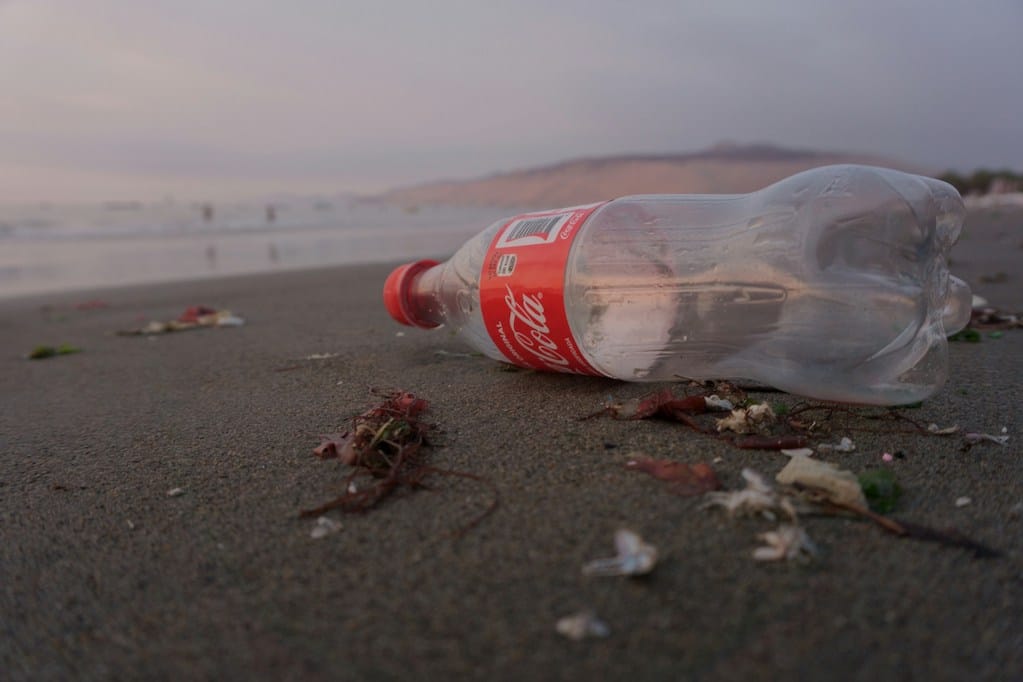Watered Down Justice
Back to Resource LibraryWhile the Safe Drinking Water Act guarantees all Americans access to clean, drinkable water, it hasn’t worked out that way in practice. NRDC partnered with the Environmental Justice Health Alliance for Chemical Policy Reform (EJHA) and Coming Clean to analyze nationwide violations of the law from 2016 to 2019. Researchers have found a disturbing relationship between sociodemographic characteristics—especially race—and drinking water violations. They found that the rate of drinking water violations increased in:
- Communities of color
- Low-income communities
- Areas with more non-native English speakers
- Areas with more people living under crowded housing conditions
- Areas with more people with sparse access to transportation
The analysis revealed that race, ethnicity, and language had the strongest relationship to slow and inadequate enforcement of the Safe Drinking Water Act. That means that water systems that serve the communities that are the most marginalized are more likely to be in violation of the law—and to stay in violation for longer periods of time.




